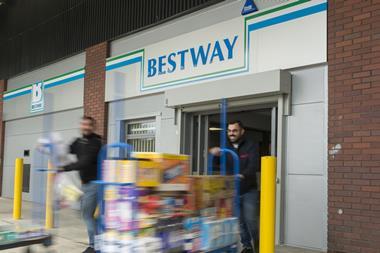Convenience trends to watch in 2022
By Sarah Alhadeff, Insight Manager at Lumina Intelligence 2021-12-23T03:57:00

Lumina Intelligence’s Sarah Alhadeff looks at trends within the sector over the next year
ALREADY HAVE A REGISTERED USER ACCOUNT? PLEASE LOG IN HERE
To read the full story join the ConvenienceStore.co.uk community today!
Registration is quick and easy and provides access to:
- Unlimited ConvenienceStore.co.uk articles
- Our great range of newsletters
- Content you’ve saved for later via the ‘my library’ feature
And much more…
Related articles
-
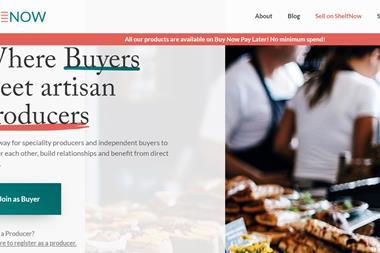
-

-
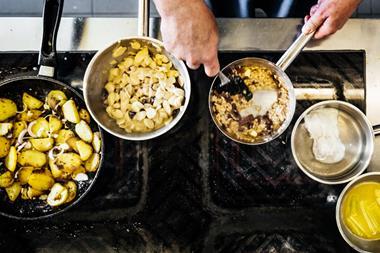
-
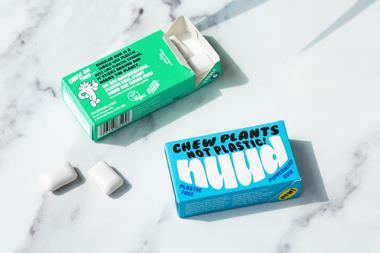
-
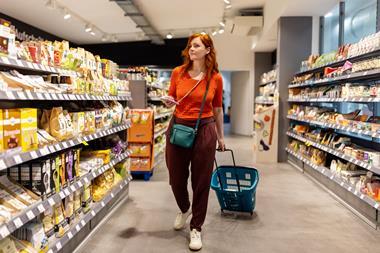
-

How fresh insights can help your store stay customer-relevant
This content is provided by Booker Group
More from Have Your Say
Unlimited Access + Newsletters
Register today to gain unlimited access to articles and to receive our great range of email newsletters.
























